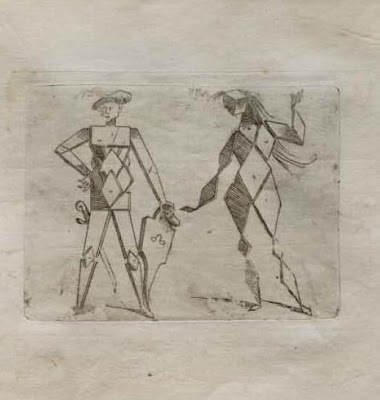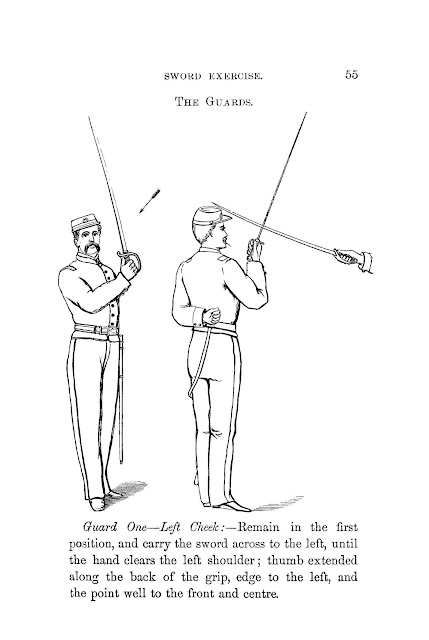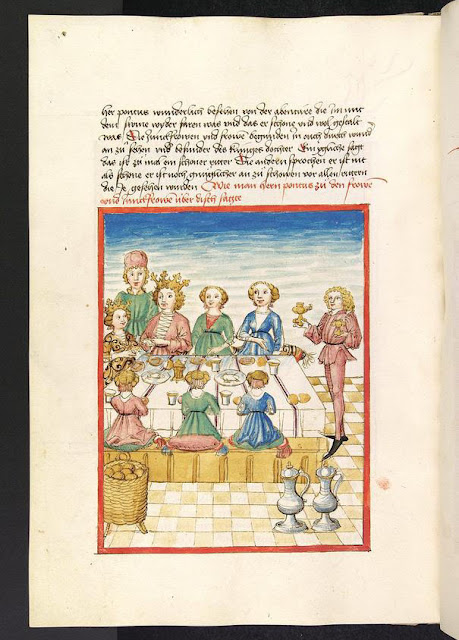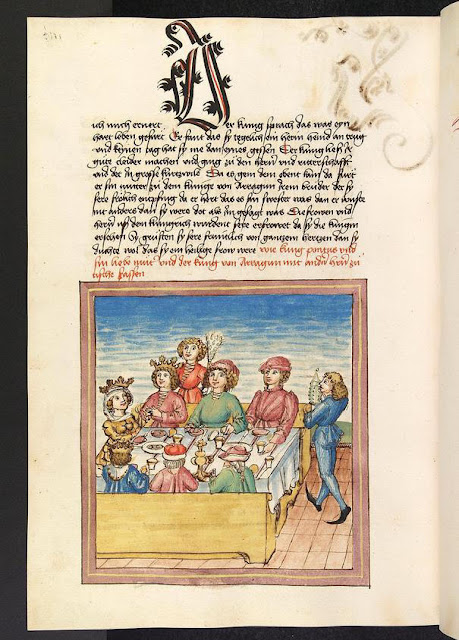This compilation of amazing engravings called “Bizzarie di Varie Figure”, was published in 1624 in Livorno by Giovanni Battista Braccelli (1600–1650), an Italian engraver and painter of the Baroque period. The complete collection appears a prelude of modern cubism, the art movement pioneered by the Spanish painter Pablo Picasso that revolutionized European painting and sculpture, but 400 years after. Some other engraves trend to Arcimboldo style, with human figures composed of boxes or raquets.
About Braccelli, there’s another famous compilation of engravings, the “Alfabeto figurato” which consists of alphabets constituted by acrobatic calligraphy of human forms. Added to this were some vedute of Rome and Roman artworks. He also published a collection of prints of conventional individuals engaged with playing musical instruments, entitled Figure Con Instrumenti Musicali.















































